News
Explore News
-
Audio News
-
Computing News
-
Earbuds and Airpods News
-
Health & Fitness News
-
News about Cameras
-
News about Fitness Trackers
-
News about Headphones
-
News about Laptops
-
News about Phones
-
News about Small Appliances
-
News about Smartwatches
-
News about Tablets
-
News about The Home
-
News about iPads
-
Smart Home News
-
Television News
Latest about News

Lenovo Tech World at CES 2026 live - we're inside the Las Vegas Sphere for all the news and updates as they happen
By Mike Moore last updated
CES 2026 We're live inside the Las Vegas Sphere for Lenovo Tech World at CES 2026.
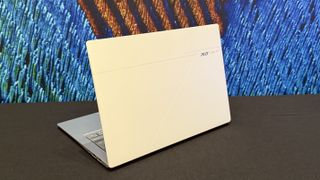
Planning to see Acer at CES 2026? Here are the three things you don’t want to miss
By Madeline Ricchiuto published
CES 2026 Acer's updated lineup was on display at CES 2026

Motorola Razr Fold is official, and beats Samsung in one key area
By Lance Ulanoff published
Motorola is unveiling a new, larger flexible phone, the Razr Fold, but questions about specs, pricing, and availability remain.
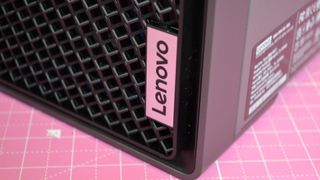
Lenovo unveils the AI tools it hopes will supercharge your productivity at work
By Mike Moore published
CES 2026 Lenovo's releases for includes an all-new, combined "Qira" AI platform.
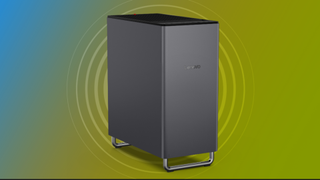
Return of the SLI: Lenovo's new workstation PC supports up to two RTX 5060 Ti GPUs for AI inference - but I'm more interested in the secretive 1TB AI Fusion Card
By Efosa Udinmwen published
CES 2026 Lenovo ThinkCentre X Tower supports dual RTX 5060 Ti GPUs, 256GB RAM, and a 1TB AI Fusion Card for inference.
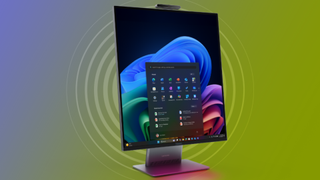
World's first PC with a square screen announced at CES 2026 — extraordinary ThinkCentre X AIO Aura Edition has 16MP webcam, 28-inch display, and can even be used as a monitor
By Efosa Udinmwen published
Lenovo’s ThinkCentre X AIO Aura Edition combines a square 16:18 display with desktop hardware, prioritizing vertical productivity over traditional widescreen norms.

Lenovo debuts $1,499 convertible laptop that comes with a tongue-twisting name — ThinkBook Plus Gen 7 Auto Twist rotates and pivots as you move around the room
By Efosa Udinmwen published
CES 2026 Lenovo’s ThinkBook Plus Gen 7 Auto Twist combines a rotating OLED display, Intel Core Ultra hardware, and business-friendly features.

Lenovo launches the most powerful sub-1kg laptop ever — ThinkPad X1 Carbon Gen 14 sports a Core Ultra X7 Series 3 CPU and weighs just 996g
By Efosa Udinmwen published
CES 2026 Lenovo’s latest Carbon series laptop features an ultralight design, enhanced thermal efficiency, extensive connectivity, and sustainable materials for modern business professionals.

Lenovo releases its most grandiose and powerful ThinkPad laptop ever — 2TB PCIe 5.0 SSD, six speakers, 10MP webcam, but weighing in at just 1.5Kg!
By Efosa Udinmwen published
CES 2026 Lenovo unveils the ThinkPad X9 15p Aura Edition at CES 2026, combining an OLED display, Intel Arc graphics, and advanced features.
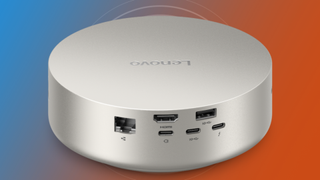
Lenovo adds Copilot Mac Mini rival to Yoga product line — but I am so disappointed that it didn't revive the Nano M75n, the smallest PC ever
By Efosa Udinmwen published
CES 2026 Lenovo’s Yoga Mini i is a 600-gram ultra-compact PC with AI Copilot, four display support, 32GB memory, and extensive connectivity.
Sign up for breaking news, reviews, opinion, top tech deals, and more.